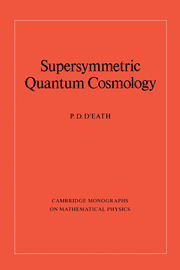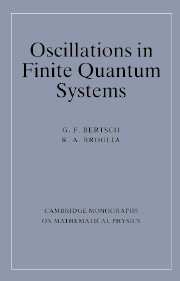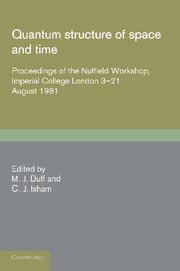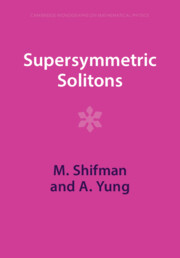Supersymmetric Quantum Cosmology
This first comprehensive and coherent introduction to modern quantum cosmology presents a useful survey of the many profound consequences of supersymmetry (supergravity) in quantum cosmology. Covering a general introduction to quantum cosmology, Hamiltonian supergravity and canonical quantization and quantum amplitudes through to models of supersymmetric mini superspace and quantum wormholes, it also includes exciting further developments, including the possible finiteness of supergravity. With ample introductory material, this topical volume is well suited as a graduate text for students and researchers in theoretical and mathematical physics, and cosmology.
- Was the first book on modern quantum cosmology
- Provides a comprehensive and coherent introduction to the canonical approach to (supersymmetric) quantum gravity
- Includes sufficient introductory material to be well suited as a graduate text for graduate courses on quantum gravity and quantum cosmology
Reviews & endorsements
'… admirably lucid, very carefully organized, and I recommend it highly.' David Bailin, The Observatory
Product details
July 1996Hardback
9780521552875
270 pages
254 × 180 × 23 mm
0.661kg
31 b/w illus.
Available
Table of Contents
- 1. Introduction
- 2. Quantum cosmology
- 3. Hamiltonian supergravity and canonical quantization
- 4. The quantum amplitude
- 5. Supersymmetric mini-superspace models
- 6. Supersymmetric quantum wormhole states
- 7. Ashtekar variables
- 8. Further developments
- 9. Conclusion
- References.






